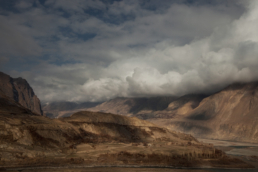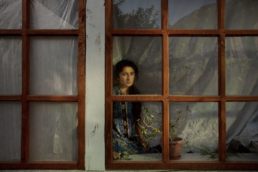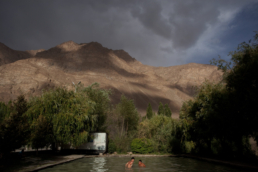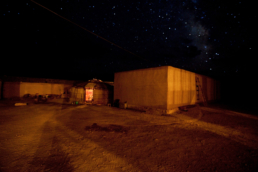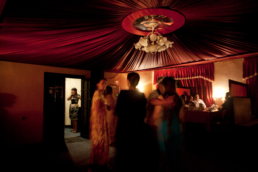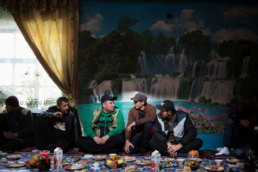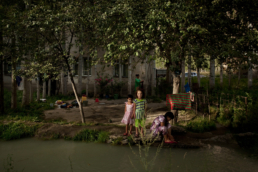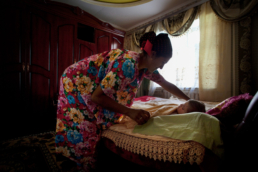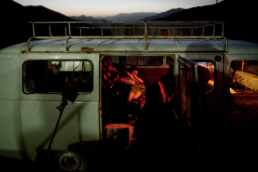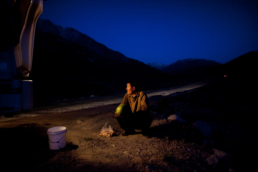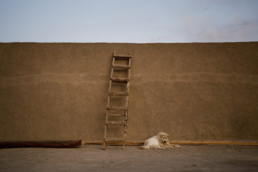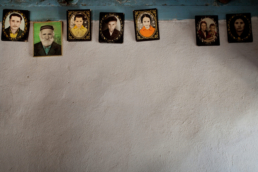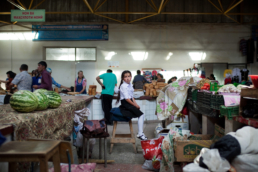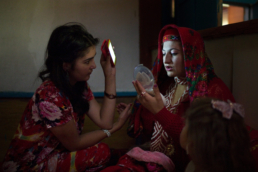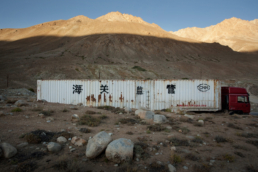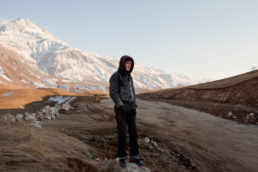THE NEW PLASTIC ROAD 2011 -2018
Ms. Papadopoulos sought images of the road, and life on the road.
“What we wanted to see is how this road really affects the society,” Ms. Papadopoulos said. “And do people receive what they want now with this opening of trade.”
Tajikistan is a very poor former Soviet state. Its nearly inaccessible roads have hurt development. To reach Khorog, Ms. Padadopoulos endured a long and difficult drive through the mountains. “That’s how the region is,” she said. “There are very difficult places to reach.”
Virtually unreachable in the winter months, it is anything but a haven for tourism. Aside from a group of bikers and one or two mountaineers, Ms. Papadopoulos met few other travelers. “If something happens to you there,” she said, “it just happens.”
The road, which was reconstructed by China and opened in 2004, has also been a haven for drug trafficking.
With China’s trade increase in central Asia, though, the situation has been changing. “All these things are suddenly moving,” Ms. Papadopoulos said.
Ms. Padadopoulos was featured on Lens in September 2011 (“In the Grecian Caves Where Time Slows Down,” Sept. 22). The project will ultimately become a film about China’s investments in Central Asia.
The first trip was, for the most part, exploratory. “I tried to photograph what I saw,” Ms. Padadopoulos said.
In a way, she said, the environment — always very dark at night — felt peaceful. She especially felt that peace when photographing women.
And yet she felt a sense of melancholy, which comes out in the pictures — painterly, almost mystical.
From the New York Times Lens Blog, Jan. 2, 2012, By Kerri MacDonald

